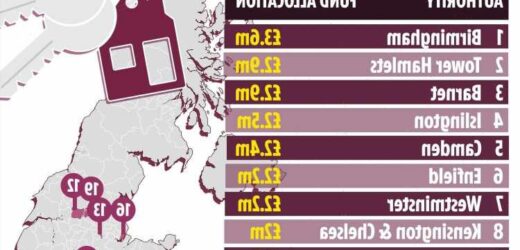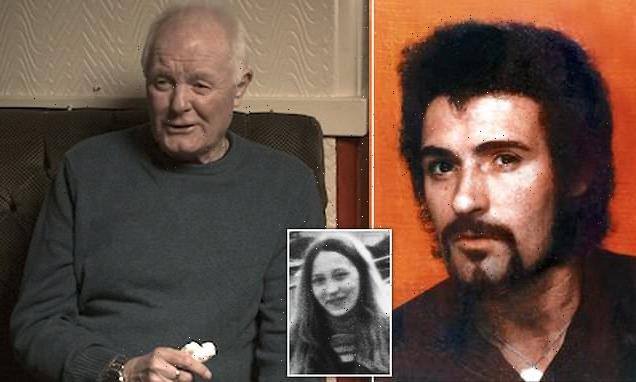THOUSANDS of households who aren't eligible for the £150 council tax cost of living rebates could access support from a £144 million discretionary fund.
The government has outlined how much of this money will be available for councils to distribute – how much could be available from your local authority?
Most households living in council tax bands A to D will receive support from their local authority in April to help with the rising cost of living.
These households, representing 80% of homes in England, will get a council tax rebate worth £150 off their bills.
This is on top of the £200 energy bill payments being given to all domestic customers from October 2022.
However, anyone living in pricier properties in council tax bands E to H will not be eligible for the local authority support.
Additionally, people exempt from council tax such as students or someone on the guarantee element of Pension Credit won't be eligible for the rebate.
Instead, the government has said that vulnerable people or those on low incomes could be eligible for a £144 million discretionary fund to be distributed by local councils.
Most read in News Money
COULD BE YOU Live National Lottery results with winning £9m Lotto jackpot numbers REVEALED
How to get the £150 council tax rebate paid into your bank account first
I got £75k on Dragons' Den but I turned it DOWN – now my firm's worth £6m
Three mobile to hike bills by up to £31 a year in April for millions of customers
The government has outlined this week how this pot will be distributed to more than 300 councils in England.
Support from the discretionary fund should consist of no more than £150 per household, according to the guidance.
This makes it the same amount as the council tax support.
It has been left up to local authorities to decide and publish their own eligibility criteria.
The guidance said this could include households living in property valued in bands E to H that are on income related benefits or those where the energy bills payers are not liable for council tax.
It suggested that students living in halls may not be eligible unless they are exposed to rising energy prices in a similar way to other households.
There is no timeline for when discretionary fund payments should start but local authorities have to spend the money by November 30 2022 or return it to central government.
The maximum anyone can get is £150 but the criteria may also be determined by how much money each local authority has from the pot.
Pot sizes range from just £17,550 for smaller areas such as the Isles of Scilly, while the City of London has £30,300.
In contrast, the largest allocation is in Birmingham at £3.6 million.
Tower Hamlets has the second largest pot at £2.8 million.
There are 10 local authorities with an allocation of more than £2 million, most of which are around central London such as Islington, Camden, Westminster and Kensington.
Another 23 councils will have an allocation of between £1 million and £2 million dotted around the country in areas such as Durham, Bradford, Cornwall and Manchester.
You can check your local authority's allocation on the Gov.uk website.
Find your local council using this tool and searching you postcode.
See the full list of people exempt from the £150 rebate.
What other help is available?
If you're not eligible for the rebate or the discretionary fund, you should check whether you qualify for any other help or discounts.
Single people are entitled to 25% off their bill, while an adult living with a student can get 50% off.
If you are on a low income or receiving benefits, you could eligible for a reduction on your council tax.
The requirements to get help will vary depending on where you live, so the best first step is to check with your local council.
You can apply for a reduction through the Government website.
Households can also challenge their council tax band if you think you are in the wrong one.
You can find out your council tax band by checking with your local authority or on the postcode checker.
Also check the band your neighbours are in and if they are in a lower band, you could successfully make a challenge and get yours lowered.
Contact the Valuation Office Agency (VOA) in England and Wales or the Scottish Assessors Association (SAA) in Scotland to do this.
Make sure you've got the evidence to hand showing you're paying more – this could be having addresses of similar properties to yours in a lower band, for example.
If the VOA agrees that your property is in the wrong band, it will contact you to let you know your band will be changed.
This can take up to two months for the VOA to review your case.
However, while you could get moved to a lower band and pay less, there's also the chance the VOA could find you're not paying enough. This could mean you're moved to a higher band.
We pay for your stories!
Do you have a story for The Sun Online Money team?
Email us at [email protected]
Source: Read Full Article







